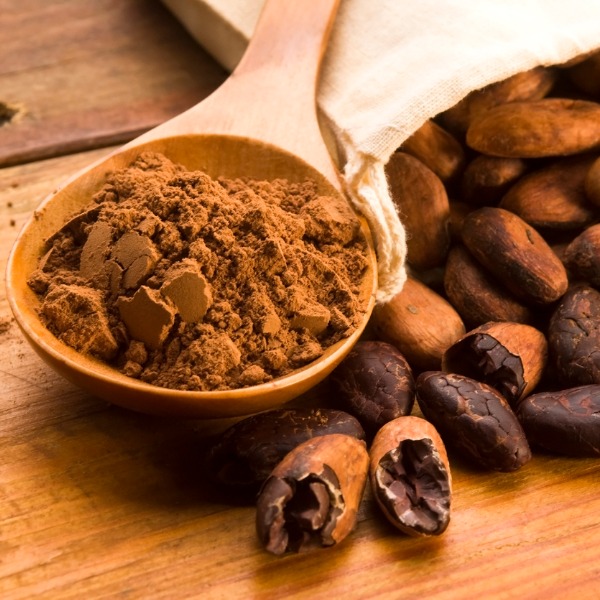Can Chocolate Make Your Brain Work Better?

Cocoa beans and cocoa powder (joannawnuk, iStockphoto)

Cocoa beans and cocoa powder (joannawnuk, iStockphoto)
5.6
How does this align with my curriculum?
Curriculum Alignment

Cocoa beans and cocoa powder (joannawnuk, iStockphoto)

Cocoa beans and cocoa powder (joannawnuk, iStockphoto)